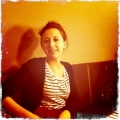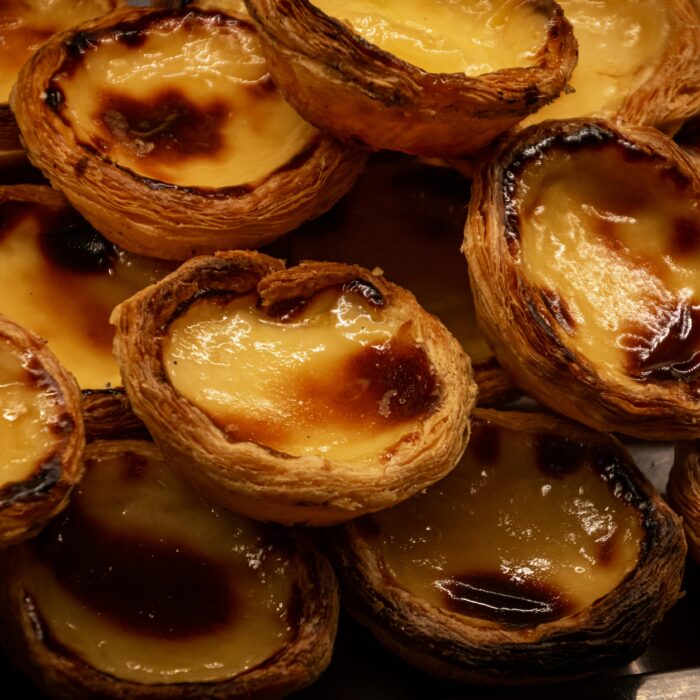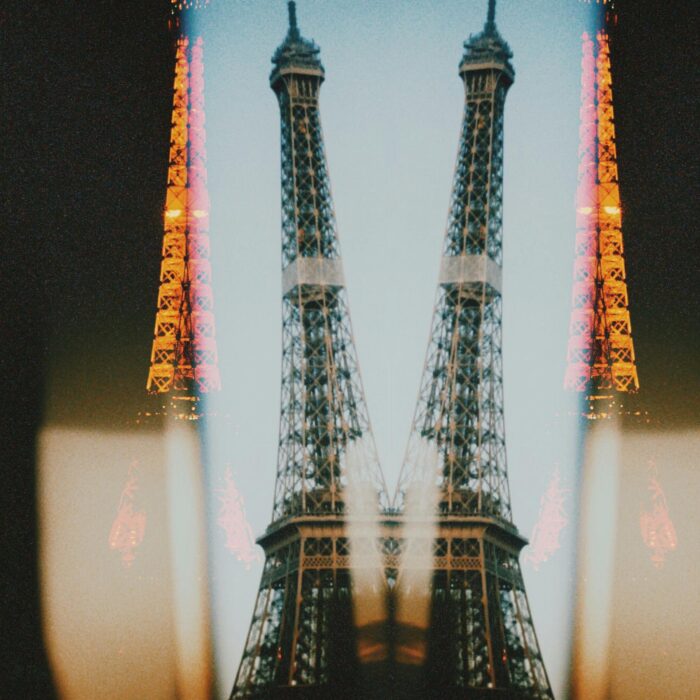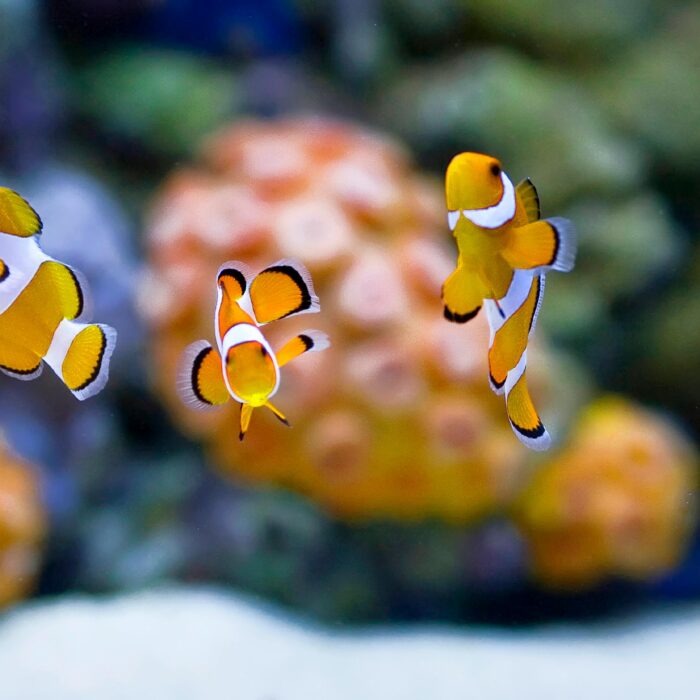You have no items in your cart. Want to get some nice things?
Go shoppingThe word I’ve most seen associated with Ali Smith’s Costa-award winning novel is ‘dazzling’, and it’s the word I’ve reached for most, each time more aware of how telling it is: ‘dazzling’ in that it shines brightly, that it draws and locks the eye, and ‘dazzling’ in that its brightness sometimes makes you want to look away.

This simultaneous – and paradoxical – attraction and repulsion is one of many intriguing dualities in the novel, the first and most startling being its unusual structure. Depending on which edition you pick up, you might first encounter George’s story or Francesco’s story – each edition swaps the stories, with the result that two readers might read the novel completely differently.
In the modern-day section, George is a teenage girl whose mother died unexpectedly some months earlier, not long after taking her on an impromptu trip to Palazzo Schifanoia to visit a fresco by a little-known Renaissance artist. In the historical section, Francesco del Cossa is a Renaissance artist dragged up through time and place to recount its life, unseen, from a museum gallery attended by George.
Within both of these stories are increasingly blurred and fluid dualities (gender, history and memory, life and death) that constantly reference the novel’s elliptic-sounding title and which, in their turn, generate new dualities in a kind of ripple effect. Early on in Francesco’s story (at the beginning of the novel in one reading, and over halfway through in another), a childhood memory is recalled: a seed drops into a puddle and causes a ‘ring’ to ripple outwards, disappearing on meeting the puddle’s outer limits. Upset, Francesco cries, only to be comforted by his mother saying,
It hasn’t gone, it’s just that we can’t se it any more. In fact, it’s still going, still growing. It’ll never stop going, or growing wider and wider . . . When it got to the edge of the puddle it left the puddle and entered the air instead, it went invisible. A marvel. Didn’t you feel it go through you?
There is an endless possibility of readings of this novel, all rippling one after the other, questioning and answering and questioning again. With more than a nod to Virginia Woolf’s genre-bending Orlando, gender identity becomes one of the defining ‘boths’ of the novel’s title. George is a boy’s name for a girl with a boy’s haircut; Francesco was born a girl but dresses as a man to become an artist. (The fact that we only discover Francesco is a girl when we read her/his section is yet another playful structural quirk of this novel: if Francesco’s section comes first, does this make us read George’s subsequent viewing of his/her fresco differently – and vice versa?)
Considered like this, it’s easy to think of the novel as a cool experimental piece of trickery, devoid of narrative warmth. But it’s not: it is quick, sharp, gambolling writing that brims with life and joy and delights in life’s imperfect fluidity. There is warmth and wit in both George and Francesco: George is a grammar pedant, unable to stop herself correcting other people’s mistakes even in the most awkward scenarios; Francesco, too, brings comic relief in his confused reactions to modern life and his snarky hatred of a better-known artist Cosimo. The novel’s ambitious and brilliant structure and ideas thrive because of its characters – and what higher praise is there?
In exploring the fluid nature of dualities and bending the rules of literature in the process (or flouting them joyously, tearing them up and waving the pieces in the reader’s face), Ali Smith manages to be playful, intelligent, sharp, warm, expansive and wise. And at the heart of this novel is a question about what it means to write, create, read and interpret, summed up by George’s mother recollecting a conversation with an artist:
She was making a set of books for a commission for someone who wanted her to make three of these books then deliver them to him sealed in a glass case. So these books would be full of beautifully defined pages that no one’d ever be able to look at, without breakage at least.
And she sat there and said, so my quandary is, Carol, do I even bother to fill these books with beautiful text and pictures or do I just rough up their edges so it looks like there’s something in them . . . Do I choose to be a charlatan or do I make quite a lot of work that the risk is no one will ever even see?
Drawing attention to the fact of writing itself forces the reader to engage at all times (both rewarding and exhausting) with the author’s choices and their implications. So, does seeing Francesco through George’s eyes first (as a little-known male fresco painter) mean we are to assume that Francesco’s subsequent sections are George’s imaginings of Francesco (as instructed by her mother’s opening gambit ‘Imagine. You are an artist’)? Or, in fact, is Francesco’s section George’s jovial attempt to recreate his voice for a school project, as hinted at earlier? But if you were to read Francesco’s part first, these possible interpretations don’t appear until much later . . . and by then is it too late?
Have we read, in a sense, an entirely different novel?
When visiting the Palazzo Schifanoia, George’s mother comments to George:
I’ve never seen anything like it. It’s so warm it’s almost friendly. A friendly work of art. I’ve never though such a thing in my life. And look at it. It’s never sentimental. It’s generous, but it’s sardonic too. And whenever it’s sardonic, a moment later it’s generous again.
She turns to George.
It’s a bit like you, she says.
It’s a bit like this novel, too: a piece of art that is both joyful and questioning, exploring the fluid and messiness of life. We are invited to engage with its artistry or to look away, dazzled.

Bella Whittington
Bella Whittington reads and reviews a bit of everything, but is particularly interested in literary fiction, translations and short stories. After living in Spain for a year, she now works as an assistant editor for Transworld Publishers in London. She has also contributed to Thresholds, the University of Chichester's international short story forum, and the Harker.




